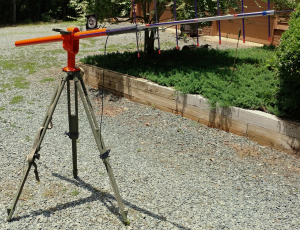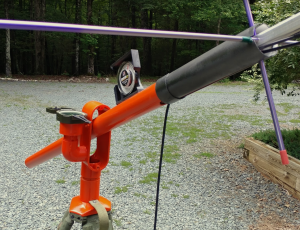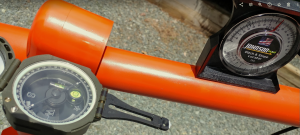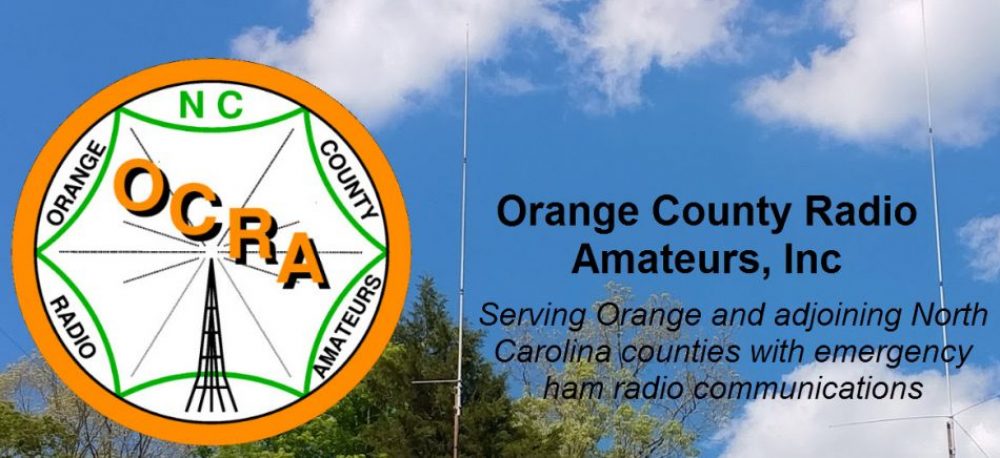Meeting Attendance: 28
Treasurer:
- Club balance is still strong. Current membership is 79, with 24 requiring renewal. The club has added 17 new members this year.
- Field Day – Thanks to all who assisted, supported, and participated in the Field Day food preparation and delivery. The pre-paid approach for Saturday’s evening meal and Sunday’s breakfast was very successful. For Saturday’s meal there were 44 pre-paid with 6 people paying at meal time. Likewise, for Sunday’s breakfast there were 36 pre-paid with 4 people paying at meal time. The success of meal pre-pay may become a new payment model for future field day meals.
- Overall, the club profited $174 from meals, which will be added to our club coffers.
Field Day (FD) Recap:
Dave (W4SAR) provided a comparisons of 2017-2018 point totals. For 2017 the total point was 19,760. For 2018, we had an estimated total of 21,635. Dave should have final 2018 totals in the next several weeks. Congratulations to all for the great work securing the additional points…and the fun had by all.
This year, the Digi mode was a good success. Dan (KR4UB) mentioned that Digital radio mode success in amateur radio has been partly attributed to the work of Joe Taylor (K1JT), who developed the WSJT-X software. Joe is a noble prizing winning physicist, who has focused the past two decades on weak signal communication. Joe is the developer behind several popular digital protocols like FT8 and JT65.
General FD Observations:
- Less interference on 40 and 15 SSB than years past.
- Accessible stations in garage worked well for all.
- N1MM network may require piloting the software and associated computers a few weeks prior to FD. This may help reduce complexity, however, much of the issues are not the result of the application. Rather, the issues are more likely attributed to the Microsoft OS and configuration of personal computers. Other clubs purchase refurbished PCs for FD from NewEgg to reduce configuration mismatch.
Band Captain Comments:
- 40/15 SSB propagation and noise on the bands most of Saturday. By Sunday morning the bands opened with much less noise.
- CW worked well…3 stations covered all night. Better scheduling provided coverage through the morning hours. Power was more stable this year over lasts.
- 20 SSB – had similar propagation and noise issues like other SSB stations. The station ran on solar power directly or from batteries recharged by solar throughout the entire FD.
- 80 SSB did not have as many operators as years past. Was difficult getting confirmation due to static on the receiver.
- Digital was well covered and enjoyed throughout the event. However, next year more comfortable seating will be needed.
- VHF was challenging, but the 5 element Yagi provided a noticeable return on the points.
FD Logistics
- For the larger antennas, a dedicated spotter on point for ensuring safety should be available, with agreed upon standard communication and terms. Additionally, a tower safety demonstration and additional guide wires for support may reduce operational risk.
- Replace the wood antenna support “walk up” with metal. This will reduce the likelihood of the wood splitting and causing the tower to fall and potential hurt people.
- The scheduling spreadsheet helped ensure adequate coverage of stations throughout the event.
Should we plan to add a Sunday lunch? Please reply to this post with your suggestions. We would enjoy reading your ideas!



